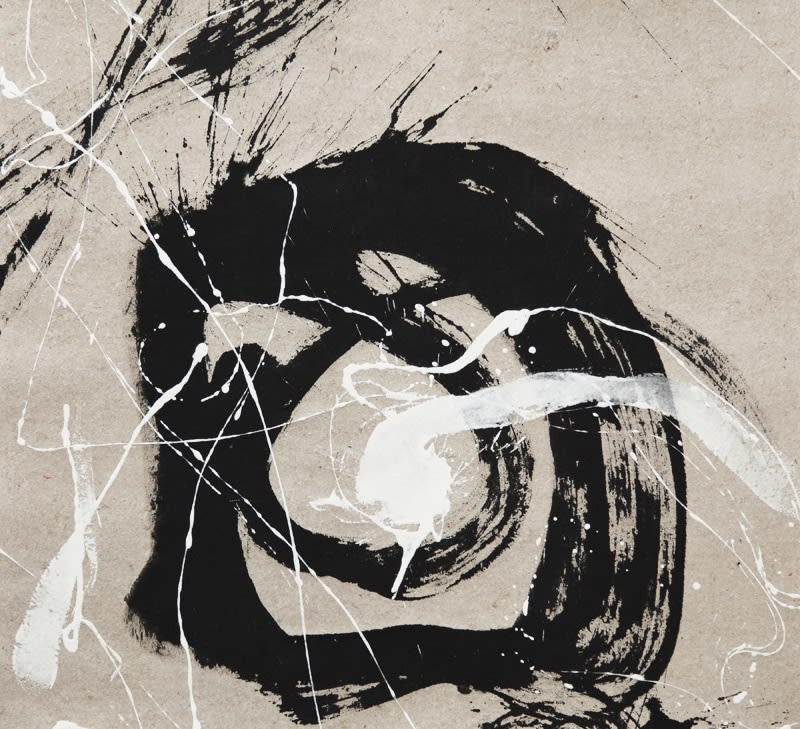Qin Feng 秦風 Xinjiang, China, 1961
Desire Scenery No.6820 慾望風景系列之六八二零, 2012
Ink and Acrylic on Linen Paper 水墨、丙烯、亞麻紙
150 x 160 cm
(Unframed)
(Unframed)
Qin Feng is a leading international ink artist and one of the foremost representatives of China’s avant-garde movement. He studied mural painting at the Shandong University of Art and Design...
Qin Feng is a leading international ink artist and one of the foremost representatives of China’s avant-garde movement. He studied mural painting at the Shandong University of Art and Design in the early 1980s. Qin moved to Berlin where he began to synthesize Western modernism and Chinese ink painting traditions. Qin founded the Museum of Contemporary Art in Beijing in 2007 and began teaching at the Central Academy of Fine Arts in the same year. In 2008, Qin became a research associate at the Fairbank Centre for Chinese Studies at Harvard University.
Qin splits his works into Civilization Landscape and Desire Scenery series, which are conflict and concession between civilization and desire both existed in mankind. Civilization lost impetus without lust, and desire would corrupt if not be ushered by civilization. Qin’s works attempt to extend from plane to spacial and installation space, though not through stacking and adding, but through brushstrokes to form a powerful field that embraces the viewer. If we were to compare his work with music, his “scenery” is like a symphony that intertwines human emotions, desires, and self-control, or as the Zen Buddhism saying – “Accomplishing awakening by realizing the original nature and by pointing out the human mind directly.”
Qin splits his works into Civilization Landscape and Desire Scenery series, which are conflict and concession between civilization and desire both existed in mankind. Civilization lost impetus without lust, and desire would corrupt if not be ushered by civilization. Qin’s works attempt to extend from plane to spacial and installation space, though not through stacking and adding, but through brushstrokes to form a powerful field that embraces the viewer. If we were to compare his work with music, his “scenery” is like a symphony that intertwines human emotions, desires, and self-control, or as the Zen Buddhism saying – “Accomplishing awakening by realizing the original nature and by pointing out the human mind directly.”
Courtesy of Galerie du Monde
Copyright The Artist
